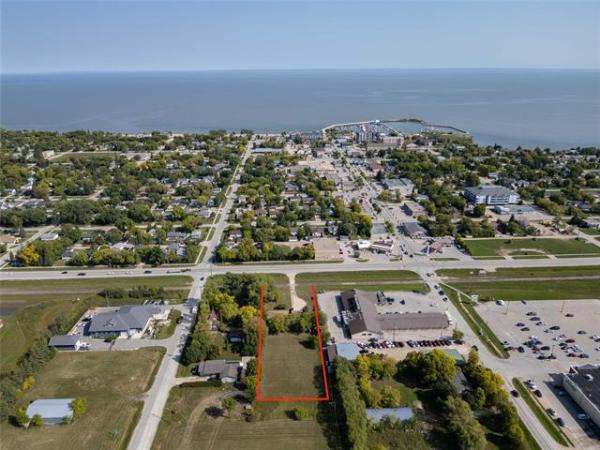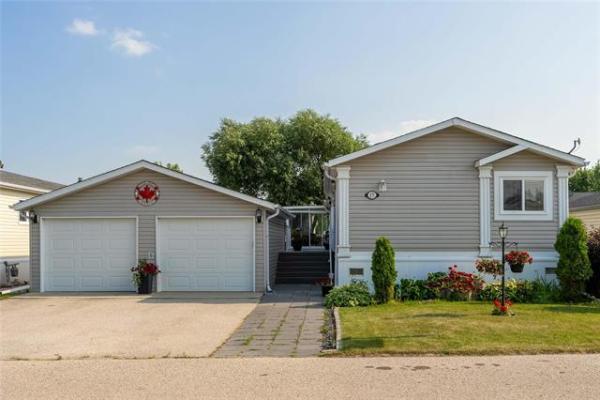QUESTION: Your column has me thinking about my double garage. It is not attached, the walls are 10-feet high and I have finished insulating them with R12 fibreglass batts. The ceiling joists are covered with three-quarter-inch sheathing to provide a floor in the attic storage area.
I have no intention of insulating between the two-by-sixes forming the top webs of the homemade trusses that hold the roof sheathing. The roof has two vent caps. Access from below is through a five-foot-square opening that I plan to fit an insulated, two-part door-like affair into. I have started to insulate the ceiling with R24 and I will cover that with vapour barrier and panelling on the underside. The walls are already covered with vapour barrier and panelling.
I rarely heat the garage with my small construction heater. With what I've done already, that takes the chill off enough to work in there, in all but the coldest weather. When my insulation job is done I may use it more often in the winter. Is this arrangement acceptable without constant minimal heating? I rarely park in the garage, but that may change. I could install a fan controlled by a dehumidistat, if you foresee problems with this arrangement.
Regards, Peter Knip
ANSWER: It is admirable to see you are thinking ahead in advance of planned renovations to your garage instead of going ahead without knowing possible concerns. In this case the concerns may be largely unfounded, mostly because you appear to be properly insulating the space for heating.
The critical issue in deciding whether heating your garage will cause any issues, or damage, is the insulation and ventilation in the attic space.
If you install adequate insulation, a properly sealed air/vapour barrier and hatch, and adequate roof and soffit ventilation, there should be no problem. Any warm air that may escape into the attic from heating the garage periodically should properly vent out the roof, with little problems from condensation. This is assuming that you are properly installing six mil polyethylene sheathing, caulked at each ceiling joist and where it overlaps with other sections of the plastic sheathing. This includes caulking the joint between the poly on the wall sections and the ceiling at the entire perimeter of the garage and the attic access hatch.
The next question to ask is: Are you putting in adequate insulation in the ceiling to prevent excessive heat loss and moisture issues? R24 is considerably less than the standard of R40, and well-below the recommended level of R50 by some government programs.
Having said that, the R40/50 recommendations are designed for homes with permanent, heated living space. As you have already stated, you plan only to heat the garage occasionally, only when you want to use it as a workshop. It may be unreasonable to suggest that you should install twice as much insulation as you intend, only for temporary use.
While R24 in the ceiling will not make the garage energy efficient for constant heating, it may reduce the amount of heat loss through the attic to allow for heating it without damage to roof components.
The main concern with heating an uninsulated, or poorly insulated garage is damage to the roof sheathing and shingles. Poorly insulated attics will become relatively warm when the garage is heated, and that will cause the roof sheathing and roofing to warm enough to easily melt the snow cover in the winter. When the heat is turned off, the melted snow will freeze and the ice may cause damage to the shingles.
Also, if the roofing becomes warm without much snow cover, the shingles will curl prematurely, lessening the life expectancy significantly. The roof sheathing can also become moisture damaged, even with decent ventilation.
The seven to eight inches of insulation that you are planning to put in should be sufficient to prevent overheating the attic, under normal circumstances, as long as you have properly spaced and installed vents.
The one thing you have not addressed in your question is soffit venting. While often overlooked by the home handyman, proper soffit ventilation is critical to proper air flow through your attic.
I constantly see homes and garages that have major, premature deterioration to the shingles near the eaves, and perfectly fine-looking ones near the peak. This is normally caused by a severe lack of ventilation in the soffits or improper installation of excessive insulation in this area. If cool outside air cannot enter the attic through the soffits, it will be more difficult for warm air to rise out through the roof vents. The more cool air entering the attic from the soffits, the better the convective forces will work, which allows warm air to rise out the roof vents mounted near the peak.
Once this warm convective current begins, it will try to draw even more air in from the bottom of the attic. If the soffits have multiple small openings, that is where this air will come from. If this area is blocked by insulation, or vents are too few and far between, this air may be drawn in through small gaps in the garage ceiling and attic access hatch, instead.
To sum up, and answer your main question at the same time, installation of a moderate amount of insulation for temporary, periodic heating of your garage should not cause any major problems, as long as the attic is properly air sealed and vented. Use of mechanical ventilation devices, such as attic exhaust fans or dehumidifiers, should not be required as long as you are not adding a large amount of moisture to the garage air through your activities.
Ari Marantz is the owner of Trained Eye Home Inspection Ltd. and the President of the Canadian Association of Home & Property Inspectors - Manitoba (www.cahpi.mb.ca). Questions can be e-mailed or sent to: Ask The Inspector, P. O. Box 69021, #110-2025 Corydon Ave., Winnipeg, MB. R3P 2G9. Ari can be reached at (204) 291-5358 or check out his website at www.trainedeye.ca.
trainedeye@iname.com



